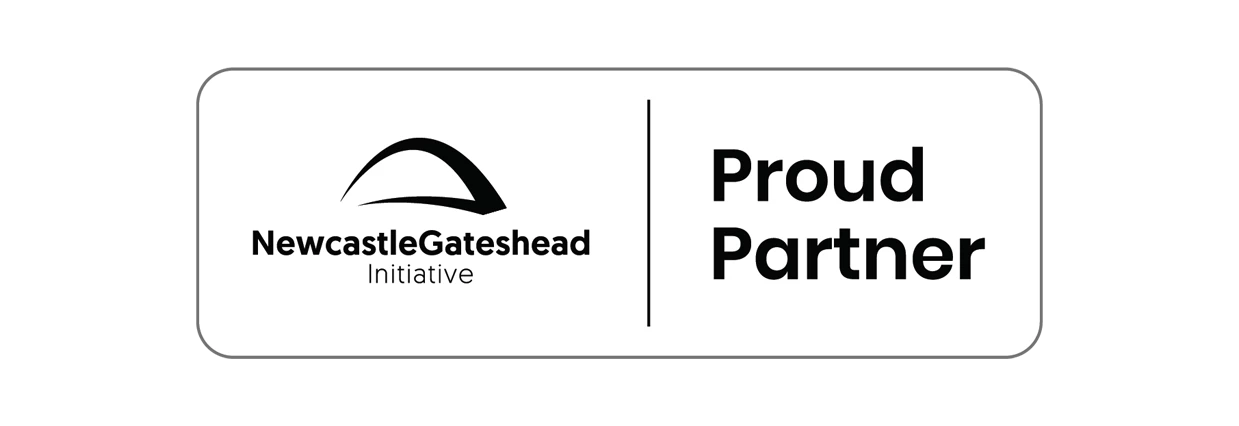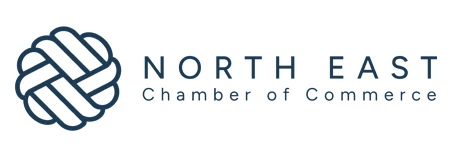Partner Article
Paperless 2013 and a Better Approach.
Google, along with other partners in its ‘paperless coalition’, is leading an ambitious campaign to encourage businesses to ‘remove the paper from paperwork’ and achieve a paperless office this year.
The coalition offers tips and tools on how to reduce your printing, but while the cause is a good one (and one that we’re forging ahead with in our own company) the methods and means are short-sighted, flawed and inadequate.
Firstly, to sign up to the pledge you need to provide your email address. It’s worth highlighting that it’s not just Google that has a lot to gain from this initiative; the partners in paperless 2013 are all powerful players in the technology sector and this data capture is a great way for all of these companies to grow business. To say they are solely interested in reducing printing is a half-truth.
But, give them your data and you’ll soon receive the most direct sales email you’ve ever seen. The email comes with links and advice on how you can sign up to a number of companies offering products and services that allow you to reduce your printing. Each one of the offers comes with a free trial, or a promise of free space. That’s great, but once you’ve migrated your paperwork, you’re then at the mercy of what space the company decides to grant you, run out of space and you need to sign up to a premium package.
There are even more short-sighted issues none of these companies take the time to address either.
Infrastructure
If you’re working in the cloud and all of your information is stored there, you’ll need fast, reliable broadband. Should, at any time, you lose internet connection, suffer any IT failure, you’ll find yourself severely hampered if you don’t have SLAs in place with your internet supplier and IT company. How many small and medium enterprises have this in place?
What’s more, to truly run a paperless office, particularly anyone that runs an online retail business like us, you’ll need to undertake some huge IT challenges to make sure your orders, supplies and invoicing data systems are able to communicate without the need for printing. Does the average business have the time, money and skills to invest in this work, within the year?
Staff
The paperless campaign doesn’t consider whether businesses are able to manage through such an important and complicated migration. In our own efforts to become paperless there was a real learning curve for staff, and we have an extremely technology-savvy set of employees au fait with cloud storage, but how many businesses in the UK are really in this position
In urging businesses to move their accounts, documents and invoicing online are they expecting all HR managers, PAs, and bookkeepers to keep up with the rapid pace of change?
Companies must put together a comprehensive training programme to facilitate this switch, or risk important documents falling through the gap. What’s more, businesses need to forecast ahead and anticipate that the two systems may need to co-exist until the new system is fully understood and in place - who’s left picking up the tab for the additional hours and staff?
Apps
I’ve already outlined extra costs involved in infrastructure and staff time, but have you considered what happens when your business is up to speed, and has migrated all its documents online? The seemingly generous space you’ve been granted will be used up fairly quickly, and of course to unlock extra space you’ll need to pay out. What’s more for a Google apps package to operate under your business domain name, you’ll need to pay.
You may well argue that there’s a huge benefit for us if businesses do not go paperless, but we have taken huge strides ourselves to reduce our carbon footprint and urge others to do the same. We’d recommend however taking gradual steps with a clear strategy in mind.
This last year we’ve switched our delivery company to a firm that offers a carbon neutral service. We’ve introduced two reycling programmes to help our customers reduce their carbon footprint. We’ve integrated all of our back-end systems and introduced an electronic data interchange to remove the need for printing throughout our entire sales process. Each one of these steps took a lot of work, much investment and a huge amount of patience, not something that we could do without consideration at board level.
We know that the next 5 to 10 years could well spell the end for printing, but there are huge hurdles for businesses to overcome to reach this target, and diving in with both feet without being aware of what the paperless 2013 campaign’s aims really are could lock you into systems and processes that could prove to be a backward step for business growth.
This was posted in Bdaily's Members' News section by Sean Blanks .








 Crisis comms lessons from the Astronomer Scandal
Crisis comms lessons from the Astronomer Scandal
 The real cost of tendering for construction SMEs
The real cost of tendering for construction SMEs
 A welcome step forward – but let’s keep pushing
A welcome step forward – but let’s keep pushing
 Industrial strategy 'can drive business forward'
Industrial strategy 'can drive business forward'
 Industrial strategy 'can be game-changer we need'
Industrial strategy 'can be game-changer we need'
 Driving skills forward with near £100,000 boost
Driving skills forward with near £100,000 boost
 What pension rule changes could mean for you
What pension rule changes could mean for you
 North East can't be an afterthought in AI future
North East can't be an afterthought in AI future
 Understanding the impact of the Procurement Act
Understanding the impact of the Procurement Act
 Is the UK losing ground in life sciences investment?
Is the UK losing ground in life sciences investment?
 Construction workforce growth can't be a quick fix
Construction workforce growth can't be a quick fix
 Why it is time to give care work a makeover
Why it is time to give care work a makeover